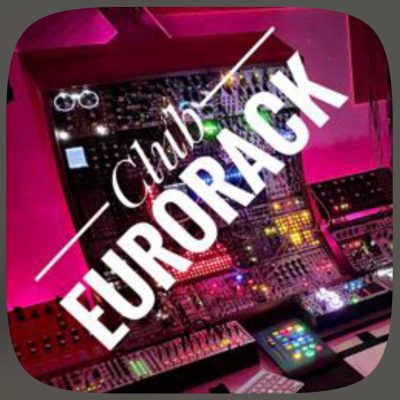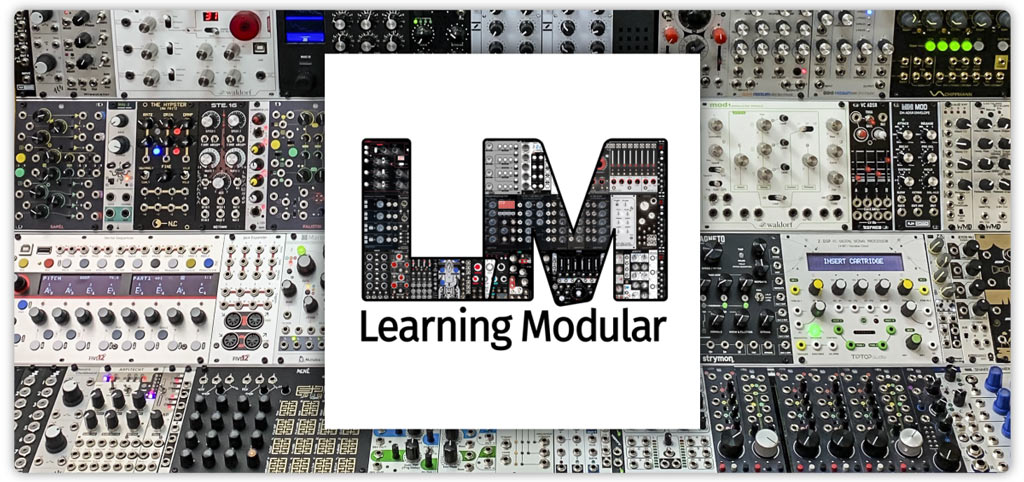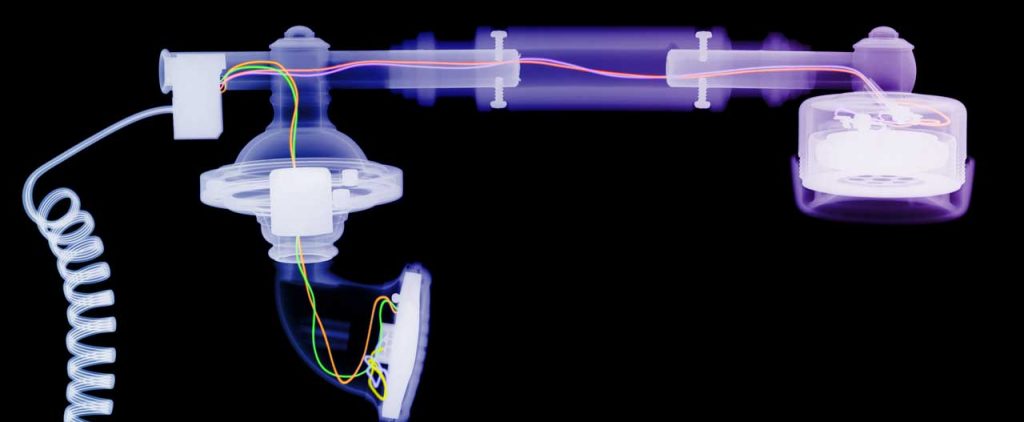Last month was a busy one, with three performances in three different styles: ~10 minute audio+video sets for the Modular World First Anniversary and Synth Society Summit 2021, and a ~30 minute audio-only set for Mountain Skies 2021. The first two are up on the Alias Zone YouTube channel, while the third was released as a “single” on Bandcamp. All three are embedded below, including a bit of explanation for each one. This doubles as the “featured article” and the “new videos” section for this month’s newsletter:
- featured article: My three most recent performances.
- Patreon updates: Five new posts for my Patrons, including detailed track breakdowns and new Notes from the Studio.
- upcoming events: I’ll be on Live From The Studio with Franck Martin on July 10.
- one more thing: Club Eurorack.
Three Performances
My first performance of the month was for the absolutely insane Modular World First Anniversary show: 130 performers, over 30 hours total. My set and interview appeared in the first 12-hour segment; overall, this stream was the ultimate sampler of what people are doing with modular-based performance systems, and is well worth checking out – treat it as a big modular music library on “shuffle” that will take days or weeks to go through until you hear the same thing again.
Above is my set Four O’clock – Raining shown in isolation, with a slightly different video edit that shows more of me playing than just eye candy of blinking lights on pretty modules. It’s a surprisingly upbeat piece, inspired by a set of rain and church bell ambiences recorded by FreeToUseSounds in Malta. I took the “notes played” by the bells as a starting point for the musical key and some of the sequences in the piece.
The main “trick” in the piece is having a pair of voices driven by separate sequence Parts in the Five12 Vector Sequencer, and then using external control voltages to decide what percentage of notes would be randomly muted or played in each sequence. Those CVs are what I’m adjusting when you see me reach up the right and tweak the two large Voltage Processor knobs on my vintage Gentle Electric cabinet. I also used the Vector sequencer to trigger sampled percussion from Ableton Live, and doubled up my much loved Waldorf Iridium with a virtual instrument in Live.
This is also the first video where I played around with my new WiFi-controlled RGB flood lights in the studio. They are set on a program to automatically fade between a series of colors I had chosen ahead of time, trying to maximize the apparent color shift in the cables and modules. I also use a motorized camera “slider” during a couple of segments that show the modules close-up.
This ethno-ambient piece – which premiered at the 2021 Synth Society Summit – has a bit of history. I originally composed and recorded it for Steve Roach’s SoundQuest Fest earlier this year. However, I struggled to get all of the elements – excerpts a Vietnamese Buddhist ceremony, a ceremonial “gong drum”, pads on my beloved Iridium, and parts from my modular synth – to blend together as I desired. Although I eventually got the piece to work – partially with the help of a Strymon NightSky to glue it together – it ended up half as long as I needed to fill out my set. So I set it aside, and composed an alternate piece – Náhuatl – for SoundQuest instead.
In the meantime, I kept this piece “in my pocket” in case another opportunity came up. Once it did in the form of the Synth Summit, I edited my favorite take down to fit their format; that video is above. I named it Devotion as the voices including readings from a Buddhist “sutra” or devotional text.
This was the first piece where I tried a technique I demonstrated on a Five12 Vector Deep Dive: Using the Mutable Instruments Grids module to step along different sequence Parts in the Vector. Each Part contained different series of notes to trigger percussion samples in Ableton Live. Chance Operations in the Vector added doubled hits (ratcheting) and alternate strikes. Another one of my common Vector techniques – also demonstrated here – is using its Chance Operations to randomly mute notes in a sequence; in this piece, I manually tweaked the probability of a note being muted on the Vector itself, rather than using external CV.
On short notice, I was also asked to perform a set for this year’s edition of Mountain Skies. Since these shows tend to have a “space music” vibe or theme, I decided to create a stripped-down set inspired by the launch of the first satellite, Sputnik 1. It started out in this style…but the later sections decided on their own to swerve into lounge and waltz territories(!).
The “lounge” section that begins a bit after 18 minutes used the same Grids-triggering-Vector trick as Devotion did above, but in this case the sequence Parts drove the bass and melody voices, rather than triggered external percussion. Both Devotion and this piece – Sputnik’s Ghosts – also take advantage the granular sample player Instruō Arbhar plus my three-module delay chain to process the voice samples.
I also premiered a couple of new (to me) poly synths for this piece: the ASM Hydrasynth for the pads/slow-motion leads, and the Vector Synthesizer from the Czech Republic for the animated arpeggios. Both used my original patches; I’m hoping the sound design work I’ve done for both machines will become available to the public later this year.
My long-term hope is for versions of both Devotion and Sputnik’s Ghosts to appear on future albums, probably with additional overdubs and editing. In the meantime, I made this original performance of Sputnik available on Bandcamp as a name-your-own-price extended “single.”
Patreon Updates
One of the benefits of subscribing to the Learning Modular Patreon channel is that I give detailed breakdowns of each track I create, including both composition and patch ideas (as well as detailing my mistakes, and how I fixed them).
Last month, I wrote two posts about Four O’clock – Raining: an overview of the performance as well as details on my “chance” sequences, including how to create them using modules other than the Vector sequencer. (The first was available to all subscribers; the second was just for +5v and above subscribers.)
I also wrote a very long, detailed breakdown of Sputnik’s Ghosts, which is available to all subscribers.
In between, I created two more Notes from the Studio posts, including one on adapting between different signal levels and cable formats in a typical modular studio. The second was on my quest to find the best keyboard controller for my hybrid studio – including realizing how my needs have changed over the past year. Both are available to all subscribers.
During June, I will be creating a detailed Track Breakdown for Devotion, musing on how my early effect-heavy bass-playing days relate to the current modular scene, and explaining my move to recording all of my new pieces at 32-bit/96 kHz.
Upcoming Events
I have a performance + interview planned from July 10: Live from the Studio with Franck Martin of PeachyMango fame. If you are reading this before the event, click the image above, and then click Set Reminder; otherwise, above is a video replay of the event.
I know I had mentioned possibly revisiting the building of the Monster studio synth with DivKid and Kim Björn, but dates have not come together for that yet; watch my Instagram or Facebook channels for any updates.
In general, I love both performing as well as participating in online interviews and Q&A sessions. If you’re putting on such an event and would be interested in having me participate, please get in touch using the Contact form at the bottom of this page.
One More Thing…

Clubhouse is a new social media app that appears just on phones and tablets (iOS and Android). It is currently in beta, so you will need an invite to join; fortunately, all members get invites to share with others – so if you’re not already on there, ask someone who already is (like me) to see if they have any spare invites. After you’re in, search under Clubs (not People) for “Club Eurorack”. Enjoy!
Just because I don’t have any “gigs” scheduled in June does not mean I won’t be busy! I’m in the middle of moving the power supplies outside of the Monster studio modular into their own case, to cut down on the heat and acoustic noise inside the studio. I am also planning to replace my varied collection of audio interfaces and mixers with a multi-channel networked system that will allow me to record 48 or more channels at once at 96 kHz. I’m hoping the result of both will be an even more productive studio environment.
take care –
Chris


